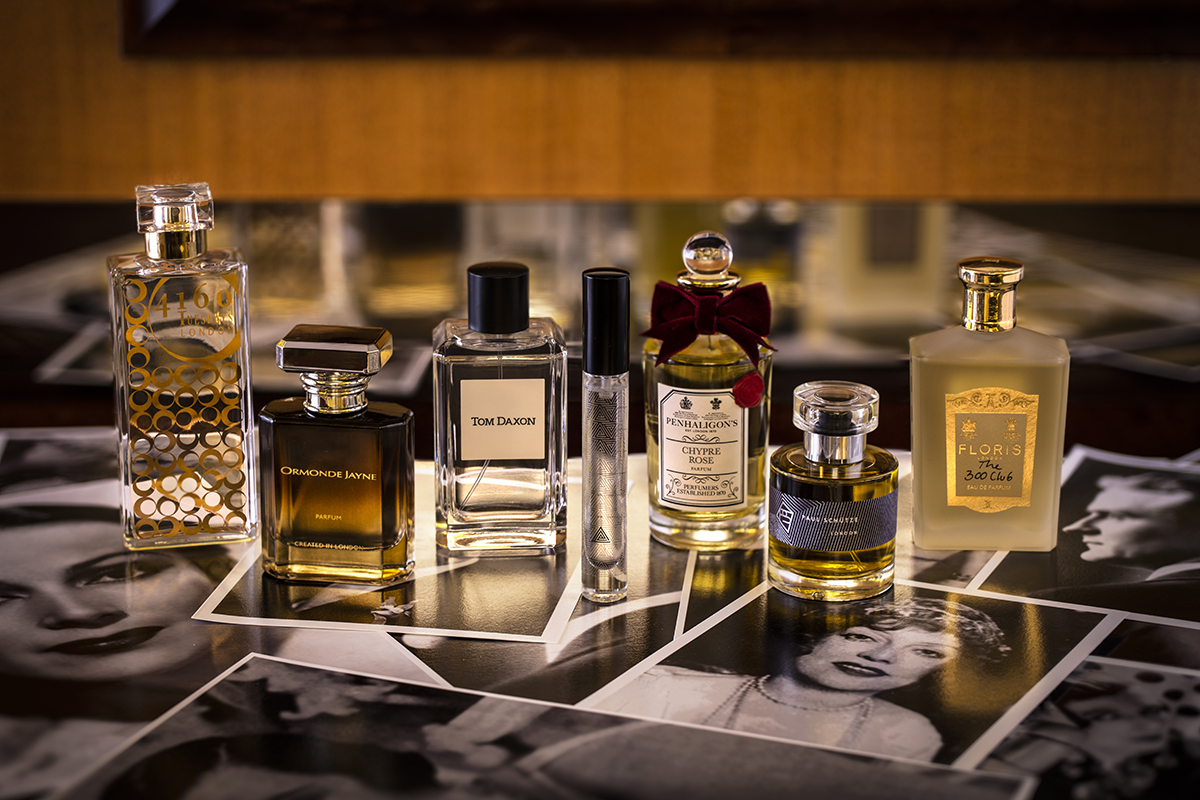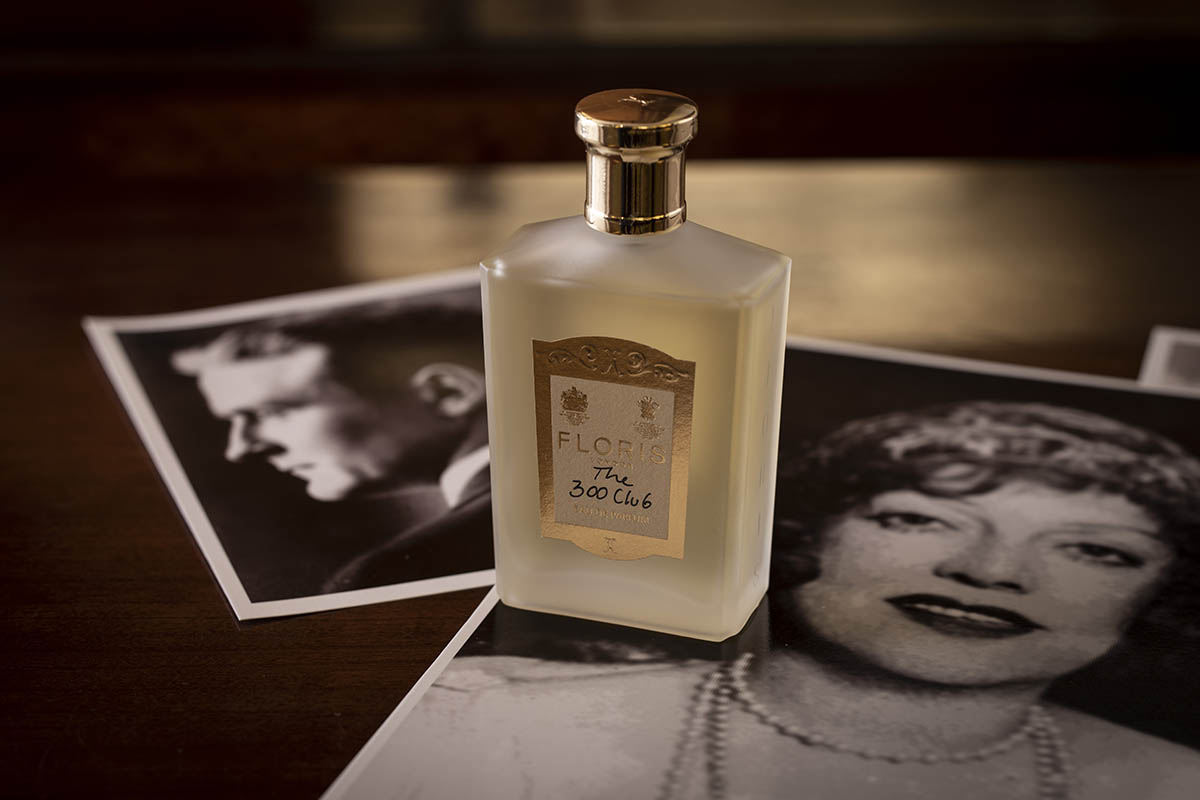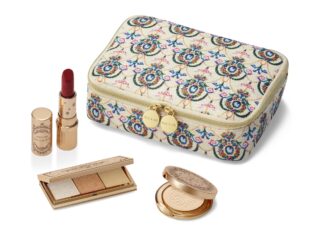This website uses cookies so that we can provide you with the best user experience possible. Cookie information is stored in your browser and performs functions such as recognising you when you return to our website and helping our team to understand which sections of the website you find most interesting and useful.
The UK’s finest fragrance houses reveal why the artisanal approach rules
By Farzana Ali | 2 September 2019 | Food & Drink, Style
As the drive for individuality propels the luxury perfume industry to heady new heights, these perfumiers are creating a new scents of adventure

The rules are out. As mass-produced fragrances continue to hit a sour note with discerning perfume wearers, the move towards prestige and niche fragrances continues to rise. And as more of us continue to head down the artisanal route in search of a unique scent, perfume houses are becoming increasingly daring with their notes, concentrations and creations. And just who is leading that charge? Homegrown talent. Because, while Britain may be famous for its so-called heritage brands, the revival in British perfumery has meant that an increasing number of small, independent and niche brands are joining the well- established names of yesteryear.
“Fragrance has become an extension of someone’s personality,” says Edward Bodenham, perfumer director at Floris London, a heritage brand which has been trading from the same Mayfair premises since 1730. “A client doesn’t want to smell like everybody else – and this has led to an increase in the number of perfume houses and fragrance launches per year.” This perfume insatiability can be seen in the numbers alone, explains independent, London-based perfumer Paul Schütze. He says: “Globally speaking, there were under 200 new perfume releases in 1975, last year it was closer to 2,300.”
Team that with consumers embracing fragrance wardrobes – where you have several different perfumes from several different brands – and the luxury fragrance market is one littered with consumer disloyalty and heavy competition. Does that worry Bodenham? “Not at all,” he says. “It’s good to see the interest rising because it’s pushing everyone to continually evolve. It also allows us to become more experimental and push the boundaries of traditional scents.” Here, Tempus meets the big names in bespoke perfumery who are doing just that.
OLD MEETS NEW
Pushing olfactory boundaries is exactly what Floris London did when it created The 300 Club for London Craft Week earlier this year. The legendary perfume house, which remains the only appointed perfumer to the Queen, threw the rule book out when it fashioned a bold chypre fragrance meant to evoke memories of warm skin, sweat and fur – not the typical imagery one tries to emulate with a fine fragrance.
“For The 300 Club, we wanted to produce something that you would have smelled in the 1920s,” says Edward Bodenham. “Animalic notes were popular in the 1920s and 1930s – but in recent decades we stopped using them. Luckily, with the discovery of new molecules, we now have the ability to create these again using a mix of other notes.” Though not part of their main collection, The 300 Club fragrances are still available on request.
For its most recent launch, Neroli Voyage (£120 for 100ml), perfumers went back into the archives to rethink a much-used and much-loved note – but in an entirely innovative way. “We’ve used neroli for 300 years, but it’s never been the hero, the star, so we made it one in this,” says Bodenham. Featured as both a top and a heart note, it’s given a modern twist with the inclusion of ginger and fennel seed. >>
Related: In pursuit of perfection: why Elegantes London is the ultimate family of luxury perfumes

UNCOMMON SCENTS
While some brands are turning back to the past for inspiration, others are looking further afield. Linda Pilkington, founder of Ormonde Jayne, has been innovating scents in Mayfair’s Old Bond Street for 18 years. The first to introduce oud – long a traditional eastern staple – to the fine fragrance market, this family-run business was also the first to use hemlock in a scent.
“The perfume world is constantly evolving in London,” she says. “For years, it was all about the mainstream perfumes, but then niche came in and change began.
“Ormonde Jayne was the first to bring oud to the western world. I put 1% into a fine fragrance with 60 other ingredients and that had never been done before – so we’re very innovative. And because that worked and clients responded to it, I now have dealers across the globe to source hard-to-get, quality ingredients.”
What’s more, with perfumery becoming increasingly seen as an art form, perfumers are looking to art and literature for inspiration. For her latest collection, Pilkington turned to her favourite book, The Great Gatsby, to create a scent decadent enough to be worthy of protagonist Jay. The Gatsby (created for this London Craft Week in April/May), saw 12 limited-edition bottles filled with bergamot and lime notes. “It’s a sophisticated, hot summer’s day scent that I anchored with juniper berries and cedar moss in the base,” the perfumer says.
SPECTACULAR BLENDS
Increasing consumer knowledge has also brought other benefits for homegrown niche brands. Sarah McCartney from 4160 Tuesdays London says knowledge teamed with open dialogue with clients has meant she has been able to become more abstract in her blends.
No wonder recent commissions include A Wild Night Out in New York, The Aroma of Flowers Growing In The Desert After A Fire, and the Imaginary Aroma of an Opal. Its current collection includes Inevitable Crimes of Passion ( from £40 for 9ml) and Mother Nature’s Naughty Daughters ( from £20 for 9ml).
“The fragrance world is moving away from being so secretive as people want to know what’s in their scent and they want to feel they’re involved in its creation,” says McCartney. “With that trust between perfumer and client growing, we can be more daring with expensive ingredients too. For instance, Orange flower is £11,000 a kilo, which is a huge investment for a business like ours, but because we can speak to a larger volume of clients all the time though social media channels, I can gauge the demand before making certain purchases or putting particular blends together.” >>
Related: Truefitt & Hill turns tradition on its head by creating an experience outside of time

This dialogue has filtered to other brands, too, including independent perfumer Paul Schütze. “When I design a bespoke wearable for someone, it’s a collaboration,” he says. “It’s not just exclusive, but it’s made with you in mind. Plus, there’s only ever one bottle on earth at any time and until that runs out, I don’t make a new one. The formula belongs to you. And it’s all done right here in the UK. I create it in my lab, and it’s made in the Cotswolds.”
Being daring doesn’t stop at the blend. As Tom Daxon Bowers of Tom Daxon knows, concentrations can also be played with. This summer, the award-winning perfumer took his best seller, Iridium (described as “the fragrance equivalent of charcoal coloured cashmere”, from £105 for 50ml), which is usually sold at a 20% concentration, and ramped it up to heady 71% – creating Iridium 71%.
“It’s the maximum permitted by the fragrance regulatory body, IFRA, so it’s ridiculously strong – but it gives a sense of excess and decadence,” he says. “Also, it’s stable, it works with all the hearts, has increased longevity and it’s safe, so there’s no reason not to do it.”
SCENT-SATIONAL SIGNATURES
Of course, it’s not just individual tastes and demands that are driving the artisanal perfume industry to evolve. “There’s a real trend for bespoke creations encapsulating one’s space,” explains perfumer Paul Schütze. “Fragrance has transcended the desire to simply smell nice, it’s about creating a mood, a signature, an identity.”
In fact, creating scents for a space, a hotel lobby, a business, even a yacht, are becoming increasingly popular. Commissioned by London’s prestigious Beaumont Hotel earlier this year for London Craft Week, Schütze embraced the notion of perfumery as art to the fullest when he created VSW in honour of novelist and poet Vita Sackville-West. He explains: “The joyful thing about making a perfume as an art piece is that you’re not constrained by the challenges of price. So, I put so many incredibly expensive ingredients in there, so it’s full of orris and neroli, which is like £20,000 a kilo.”
Read more in Tempus Magazine's Design Edition, available now







